On Wednesday the 14th of December the so-called Coalition of the Third Golden Century gathered in Randstad’s main building in Diemen. Aim of the event was to exchange ideas about the role of talent in turning Amsterdam into a vibrant metropolis. The meeting was organized by ORAM, Randstad, and the Amsterdam Center for Entrepreneurship (ACE). The programme started with a presentation by Alje Kuiper, director of Innovation at Randstad. His talk about the future of the labor market was followed by an interactive session led by Jort Kelder.
ORAM’s Coalition
The idea of a Coalition of the Third Golden Century comes from business network ORAM. With the meetings, they want to connect local entrepreneurs that want to help with developing the city. Entrepreneurs from, among others Randstad, Ecorys, Tatta Steel, and ACE participated in the meeting. Three student startups also joined in: HurryQ (who recently won the Baby Pitch Award), says it is going to end the endless queues at museums and events, Have a Seat offers “surprise reservations” in restaurants, and Interclass develops programs for digital education. If you want to know more about the student startups, check out the website of Startup and Running.
Multiplying Amsterdam’s citizens
Urban planner Zef Hemel kicked off the session with a bold statement: “Amsterdam should aim at having two million inhabitants within 30 years”. Hemel argues the city needs to expand in order to compete internationally. As Amsterdam currently has around 830.000 citizens, this means more than doubling the population. As if this was not ambitious enough, one attendee even increased the number to 7 million. Thinking big, but apart from these numbers, what do we need in order to become that vibrant place where everyone wants to be?
Amsterdam as a vibrant metropolis
One of the attendees suggested “Expanding the metro network.” He pointed to other cities, such as London, Berlin, and Paris, where the city life emerged around the metro network. (Apparently this attendee had never heard of the Noord-Zuidlijn or the issues it has been causing over the last twenty years). Another suggestion was “Regional thinking!”, which basically meant to include all the areas around the city as part of Amsterdam. Regarding talent, the student startups mentioned the big gap between the academic world and the business world, even in Economy and Business-related studies.
Urban growth as a means, not a goal
“But, do we really want Amsterdam to be this kind of giant city?” Jort Kelder asked the attendees. “Isn’t Amsterdam’s small size exactly what makes the city so attractive and unique?” A representative of Tata Steel stated that building a big city should not be a goal in itself. Instead we should focus on startups, innovation and education. Bram Kuijken, coordinator of the minor entrepreneurship at the University of Amsterdam, added: “More does not always mean better. To get startups bigger, we should reward failing, just like in Silicon Valley.” This led to the next topic: why is it that Dutch startups rarely turn into corporates?
Obstacles in the way of scaling up
According to Randstad’s Innovation director Alje Kuiper, many Dutch startups simply do not want to become corporates. That was the result of a survey that Randstad conducted among startups in the energy branch. There would be many complex procedures that demotivate startups to scale. Another attendee noted that many startups simply do not find enough funding, and that there should be more scale-up channels to motivate them. There was no final word on the question why it is so difficult for Dutch startups to become really big, although it would be really interesting to find that out.




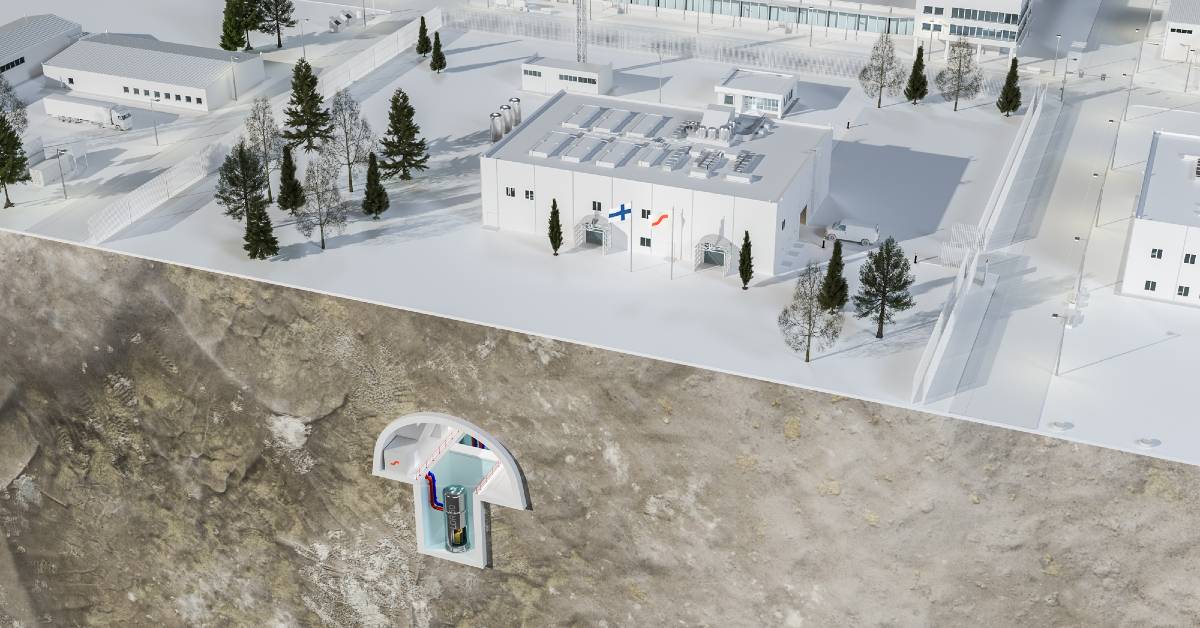
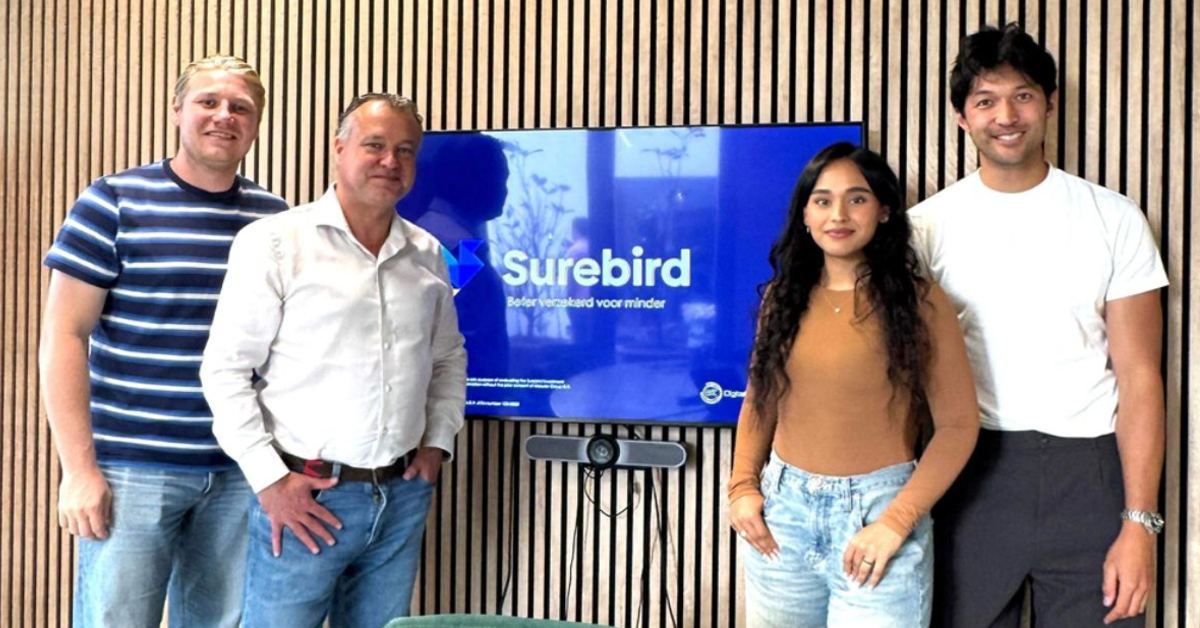
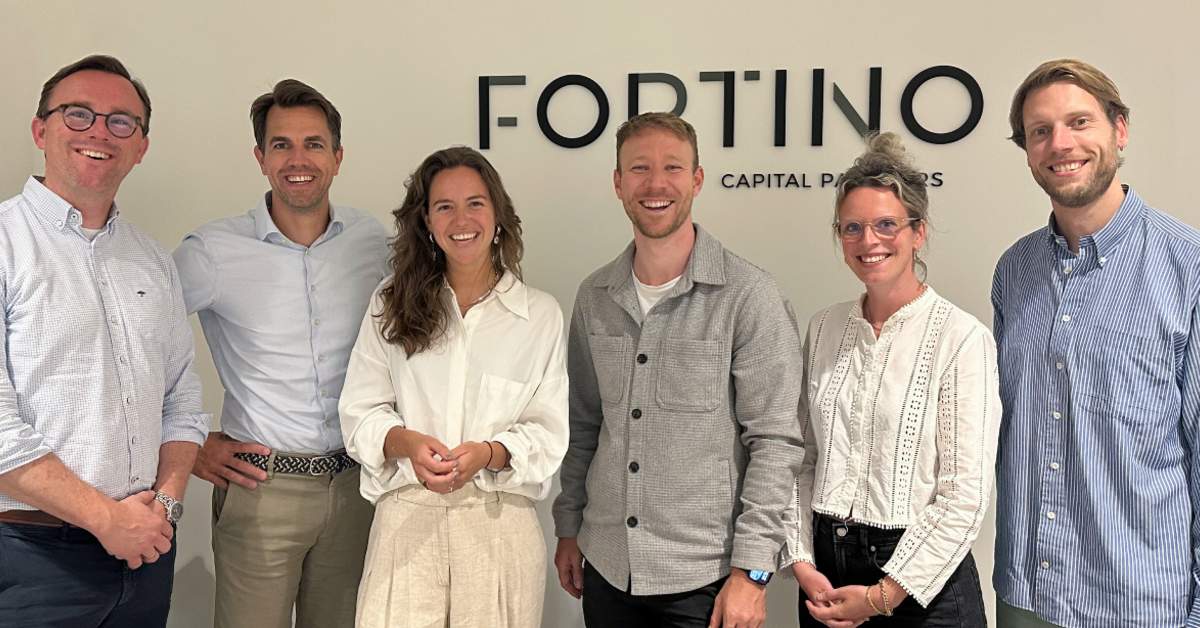
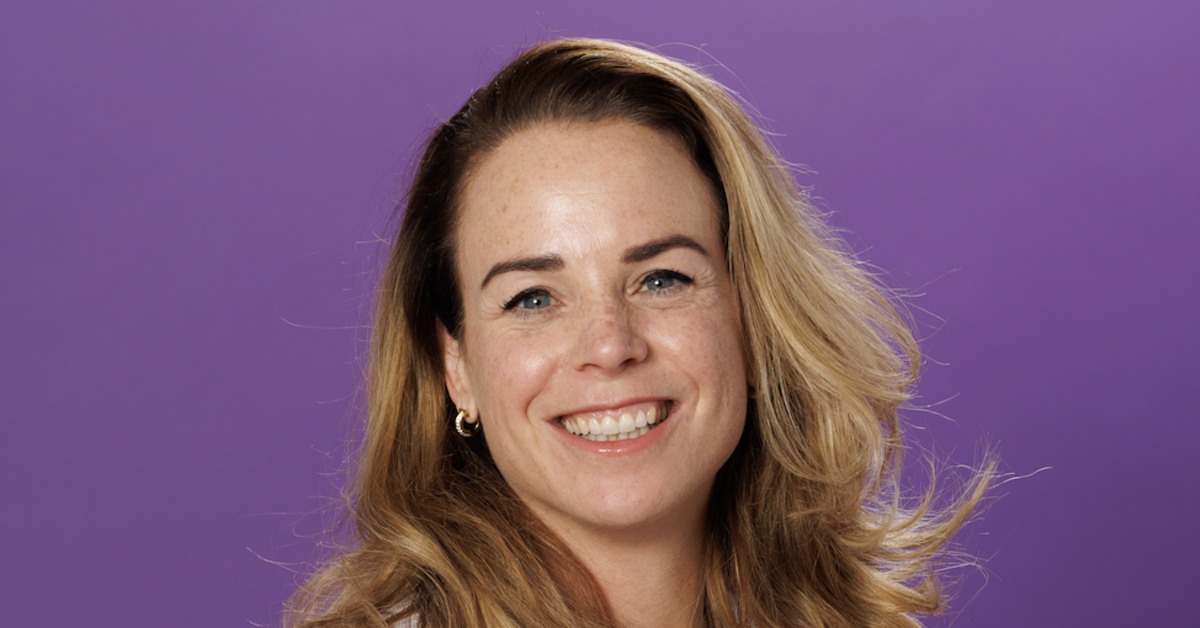
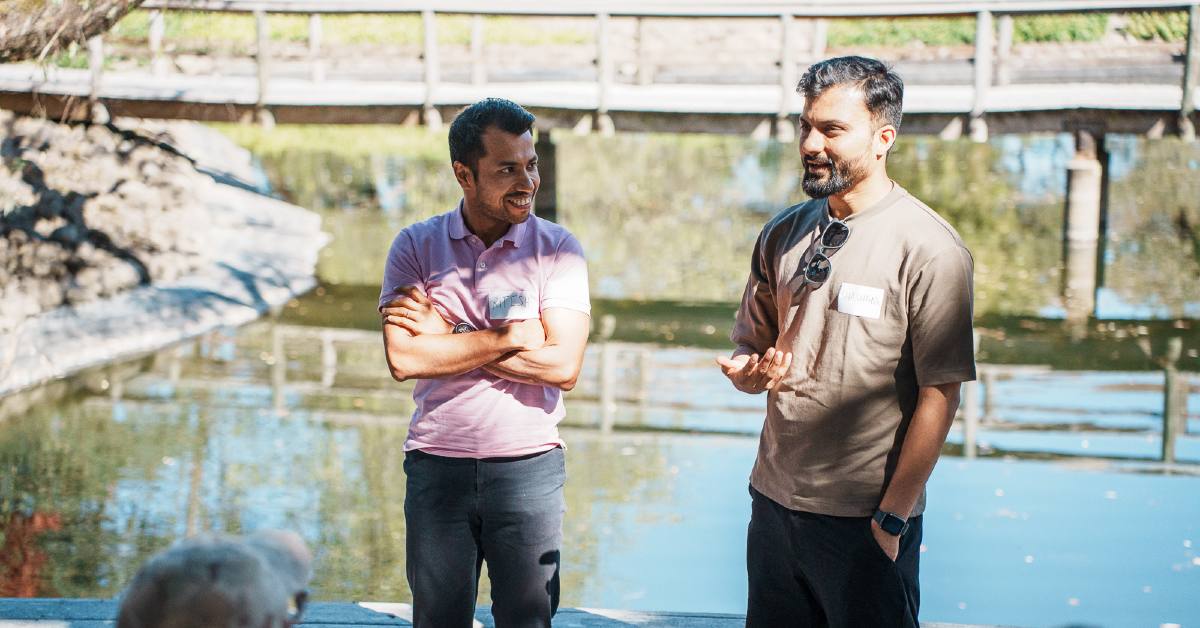

01
From telecom veteran to Dutch Startup Visa success: The Jignesh Dave story